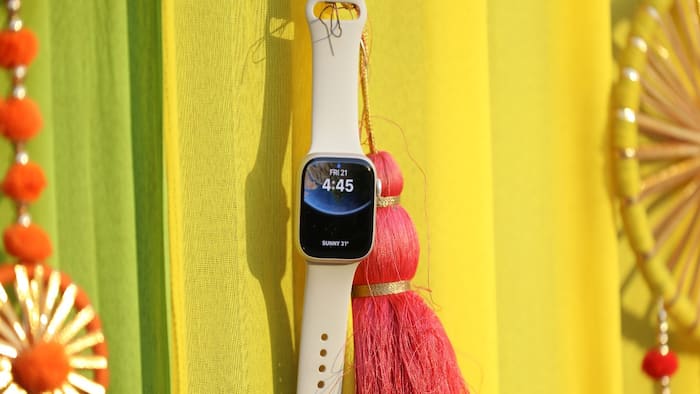
Written By Shubham Verma
Published By: Shubham Verma | Published: Feb 15, 2023, 04:55 PM (IST)

The Crash Detection feature of the Apple Watch Series 8 has helped rescue the lives of three people in a serious car crash which fell down a 20-meter-deep embankment in Germany. Also Read: Apple Watch Series 8 now selling for less than Watch SE's price
According to the initial investigations, the car was driving on the Bundesautobahn 20 (a road in Germany) when it “left the lane to the right, drove through a green strip, and was catapulted over the crash barrier, reports 9to5Mac. Also Read: Apple Watch Series 9 unlikely to appeal to Watch Series 8 users, here is why
The three passengers were “partially trapped in the vehicle wreckage in the accident”, and there were no witnesses to the accident, nor could it be seen from the highway above, according to the report.
The Apple Watch Series 8 automatically shared the exact location of the accident with first responders, allowing police and fire rescue workers, as well as a full rescue service, to arrive at the scene. Moreover, the report stated that the driver suffered minor injuries while the two passengers “suffered serious injuries.” All three were taken to nearby hospitals.
Meanwhile, Apple has released a new iPhone update — iOS 16.3.1, including “optimisations” for the iPhone 14 and 14 Pro’s Crash Detection feature, which has been criticised by some search and rescue personnel for causing false alarms during winter sports activities. According to a report by The New York Times, not only was the latest iPhone 14 sending crash alerts when users were on a rollercoaster but also while skiing. Some instances were reported by skiers in Colorado where emergency services reached the location to attempt to save them, only to later find out that the alerts were false.
The Crash Detection feature on the iPhone 14 and the iPhone 14 Pro models uses G-force sensors along with other data to detect if a user has been in a car crash. The iOS 16.3.1 update brings a fix for Crash Detection and the feature should work properly.
— Written with inputs from IANS